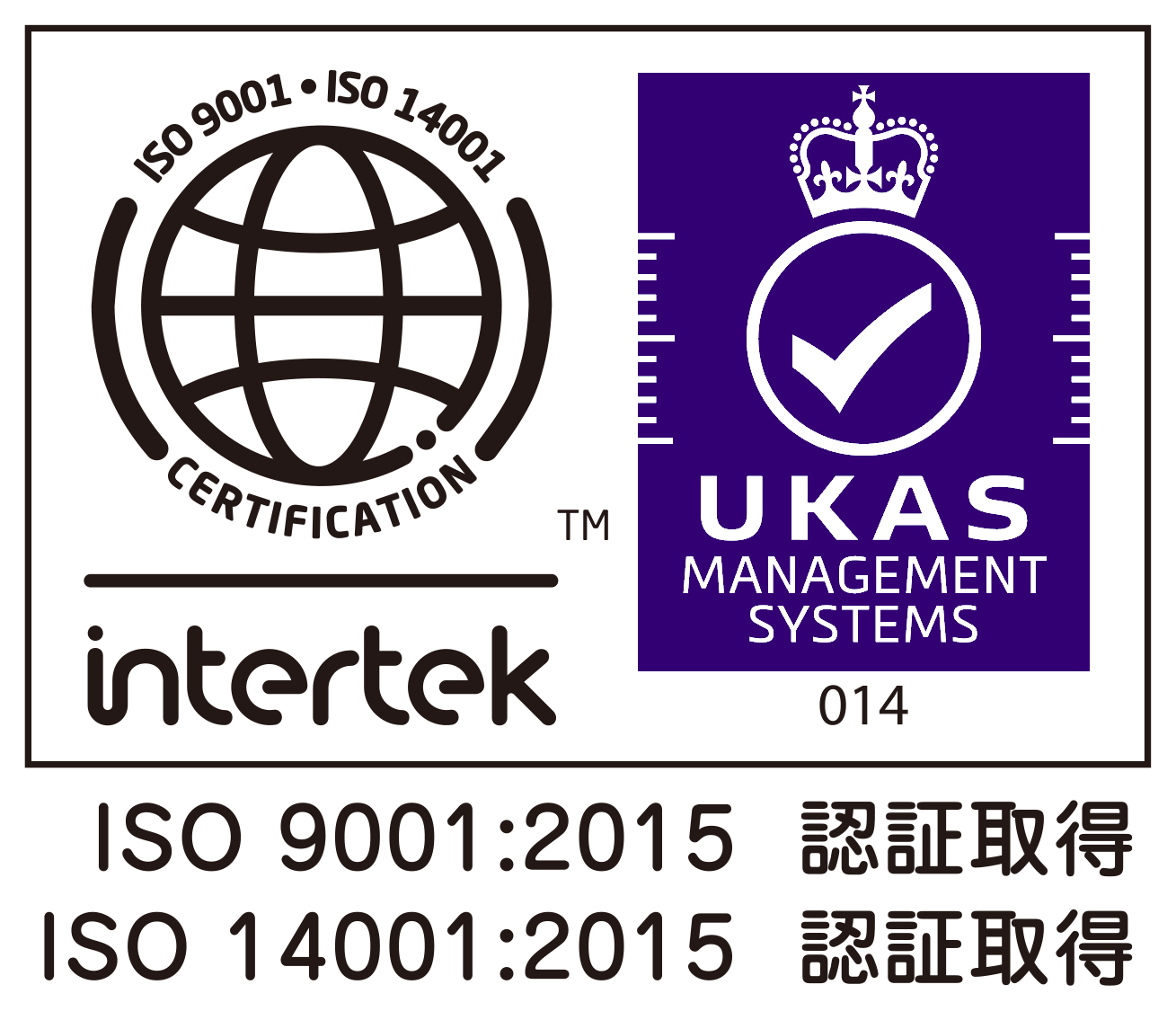Q&A
-
Q. How does phosphorescent pigment work?
Phosphorescent pigments absorb and store energy from the UV portion of a given light source (Sun Light, Fluorescent, LED, UV, incandescent and other light sources). Electrons are being "excited" by UV, and then slowly release the energy as visible light over a period of time to be more "stable".
-
Q. How are pigments are used?
Phosphorescent pigments are offered in powder form, and a come in various grain sizes dependent on the end use application. They can be mixed in paint, ink, plastic and as well as other applications. Some of the primary end uses include safety markings, toys, textiles as well as many other applications.
-
Q. Is phosphorescent pigment radioactive?
Phosphorescent pigments have been tested and certified to be non-radioactive. The activation comes from UV from a given light source and thus does not require any radioactive material to work. These are much different than the old watch dial pigments that required doping with radioactive material for activation.
-
Q. Are Glow-in-the-dark, phosphorescence, luminous, photoluminescence, fluorescence.... are they all the same?
Phosphorescent Pigments have many different names and are often confused by people when discussing them. Photoluminescent, Glow in the dark and Phosphorescent pigment are all the same (light emission continues after the light source is removed). The words fluorescent and luminance typically mean the emission disappears after the excitation is source if removed.
-
Q. Is the glow affected by other factors like temperature?
Yes, it can be affected by temperature, pressure or impact as all will make the electrons active and thus activate the glow. With higher temperature, pressure or impact, glow will be brighter, but afterglow time will be shorter as amount of stored energy are the same.
-
Q. Can I get phosphorescent pigment by digging the ground?
No. Some materials showing phosphorescence exist in nature, but our pigments are not minerals. We mix high purity materials and fire in the furnace to get strong and constant glow effect.
-
Q. How long can phosphorescent pigment glow?
Difficult to say as it will depend on the type of chemistry, particle size, excitation condition, and how the pigments are applied.
It also varies by the dark adaptation of human eyes, or other environmental factors, like street-light or moon light being present in the viewing area.
Applications that continuously glow for more than 24 hours in ideal conditions do exist.
-
Q. Can excitation take place with LED lamps?
Phosphorescent Pigments can be excited by LED lamps. There are many existing applications for such presently and expected to grow much more in the future.


